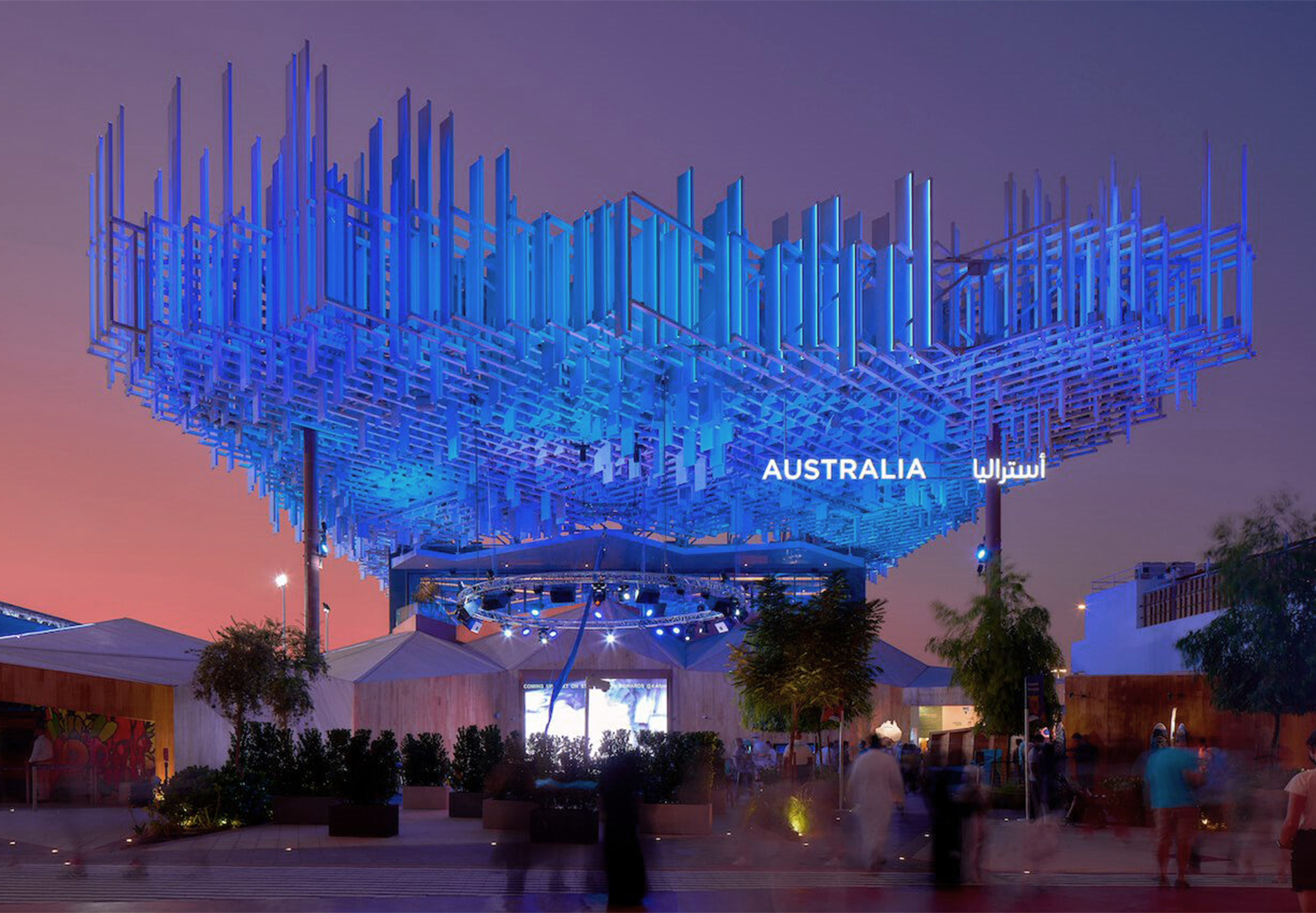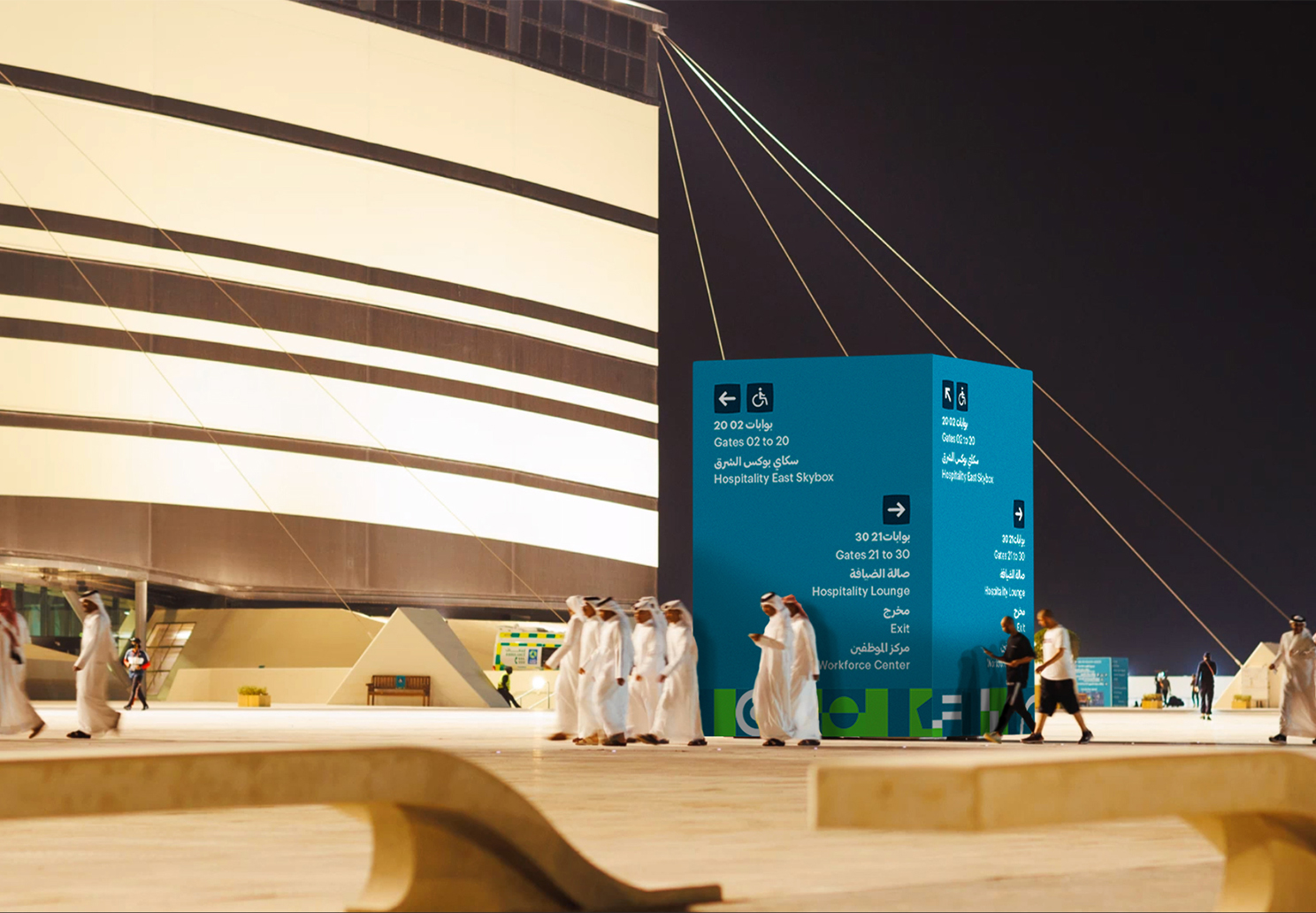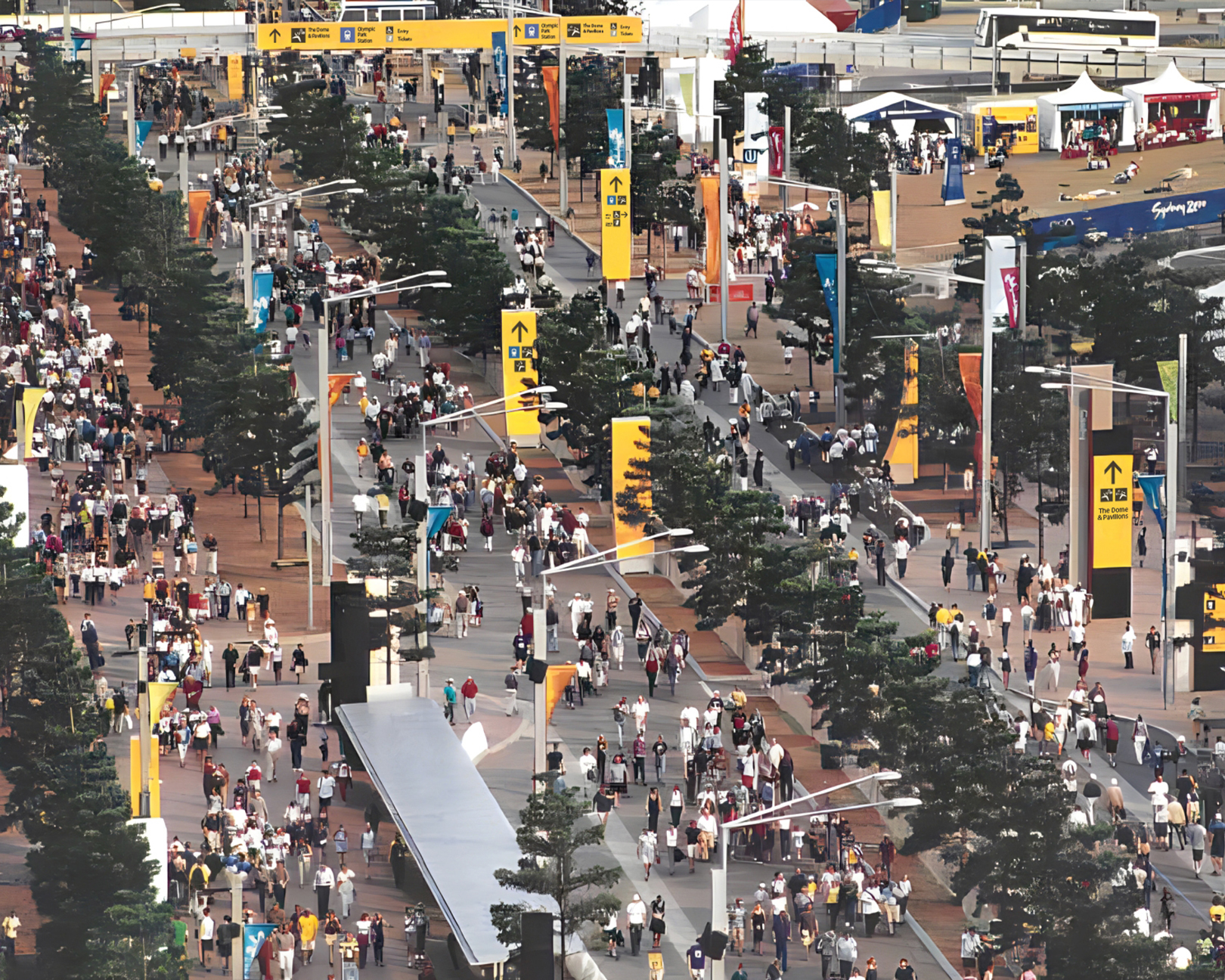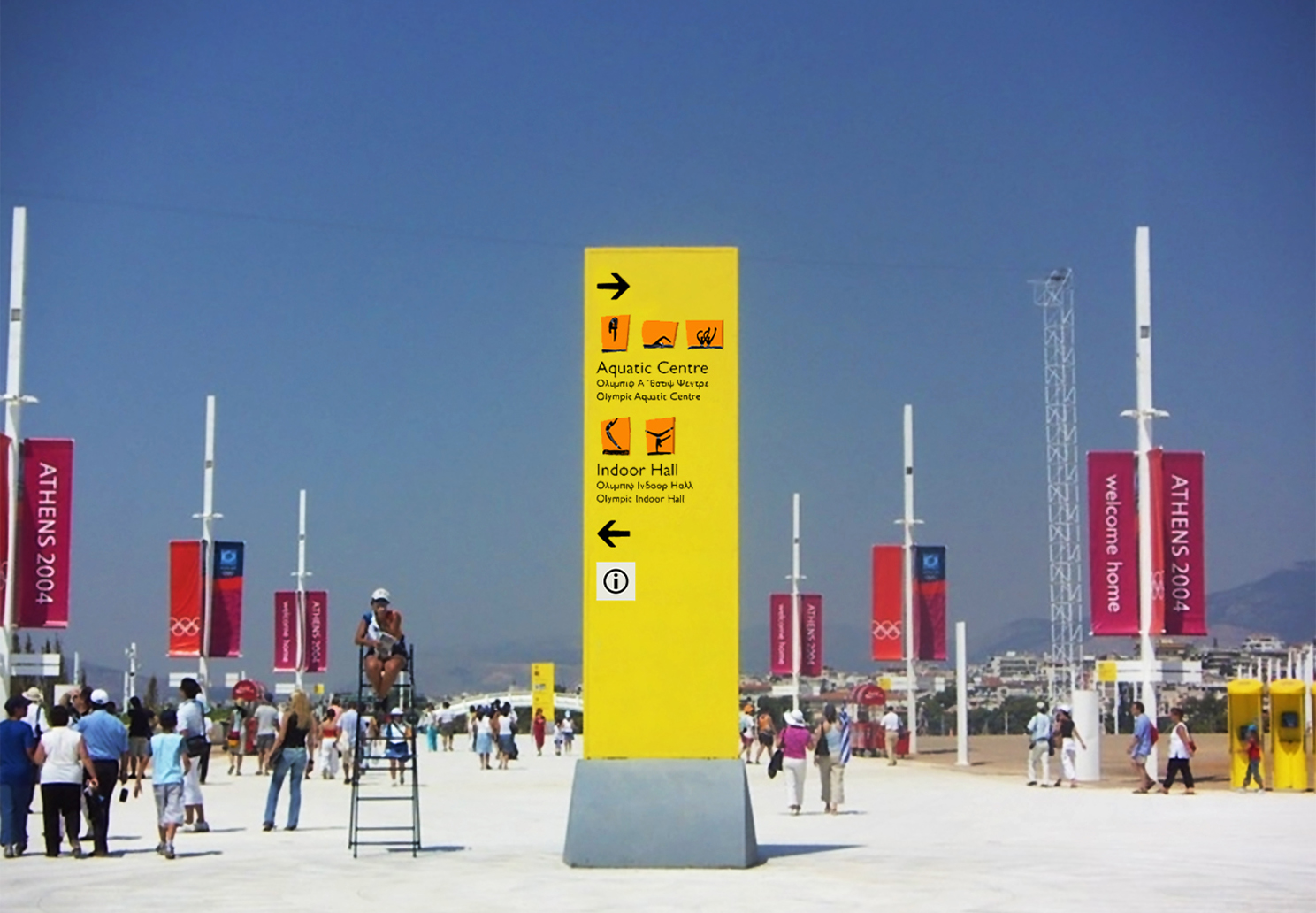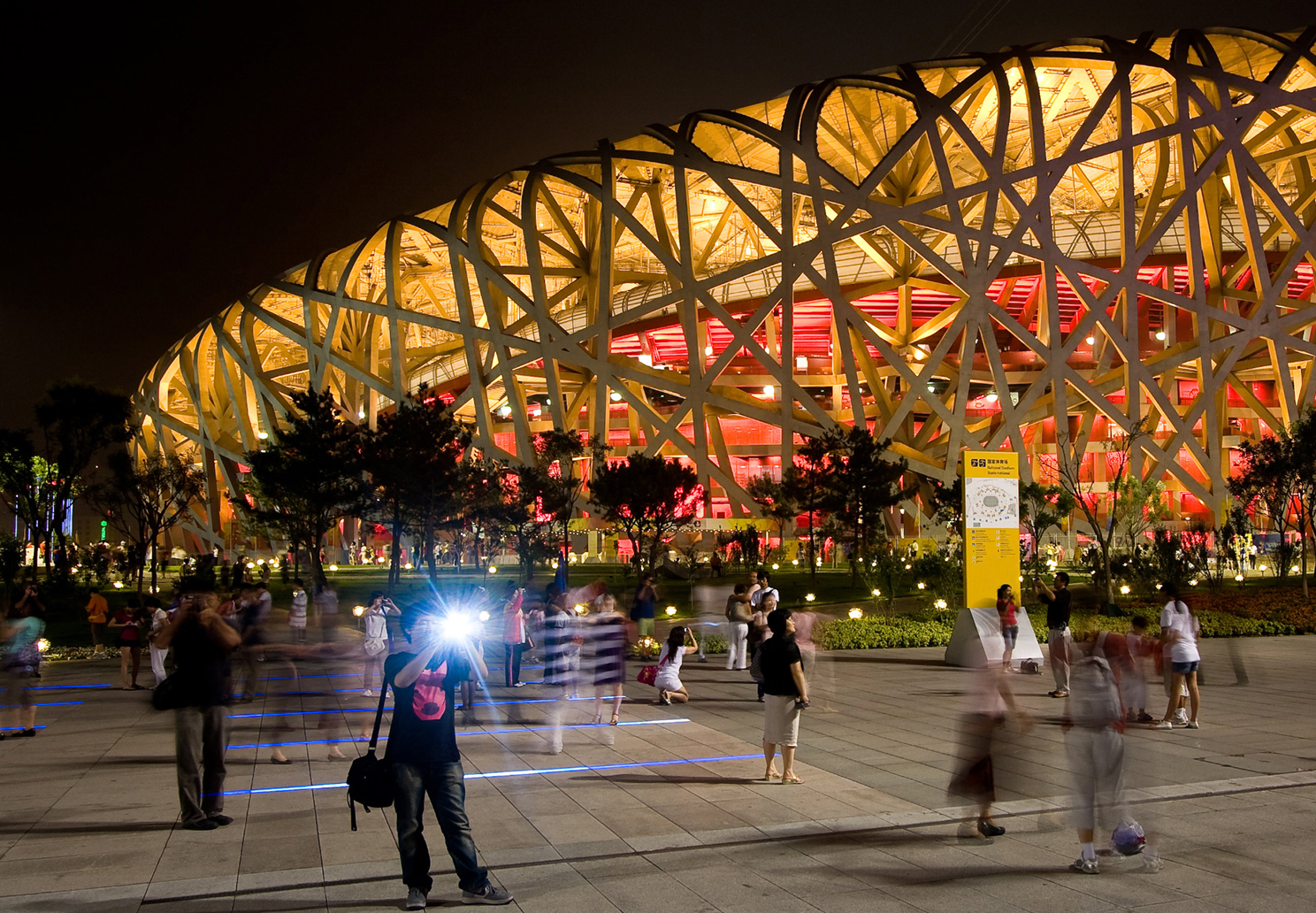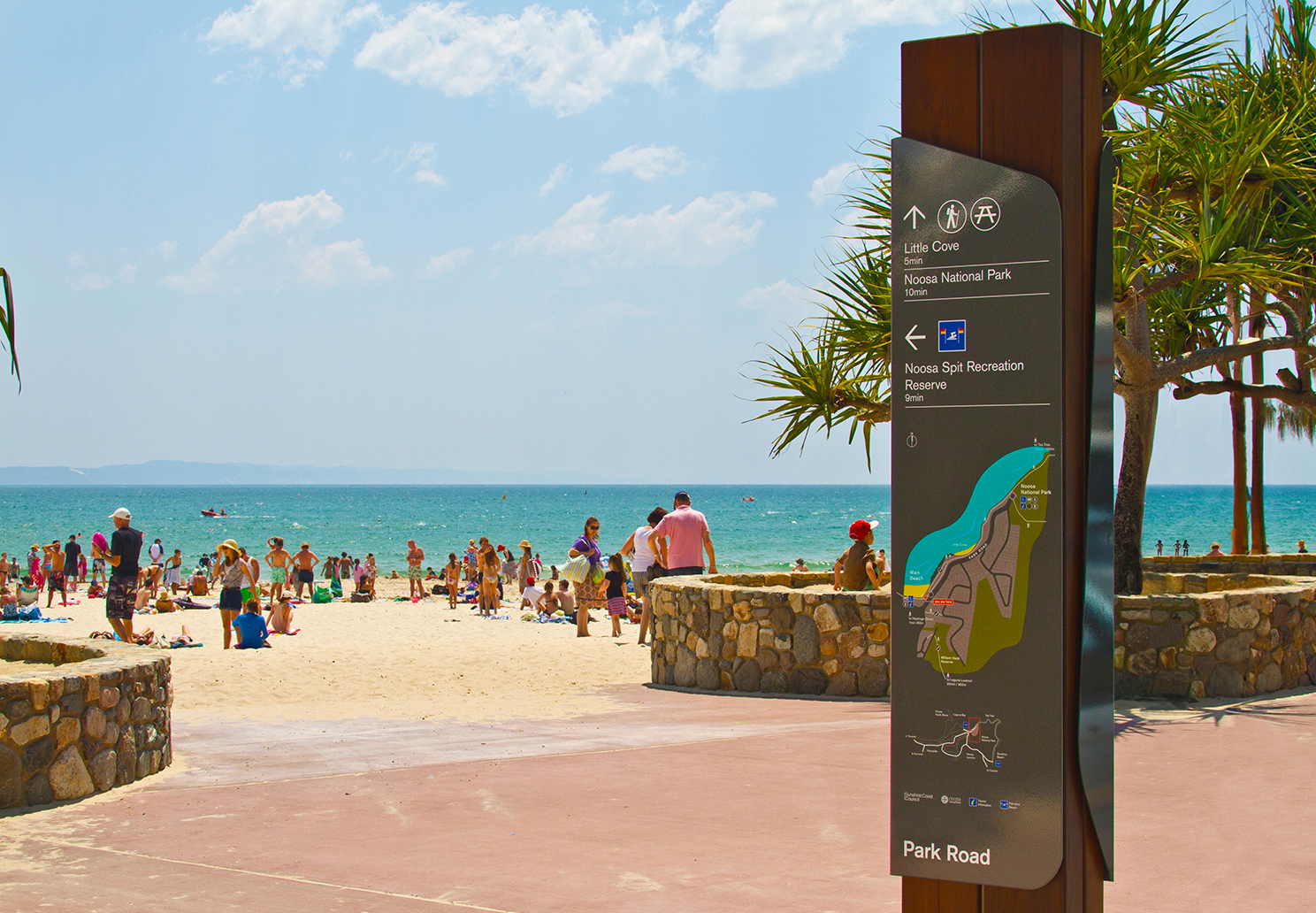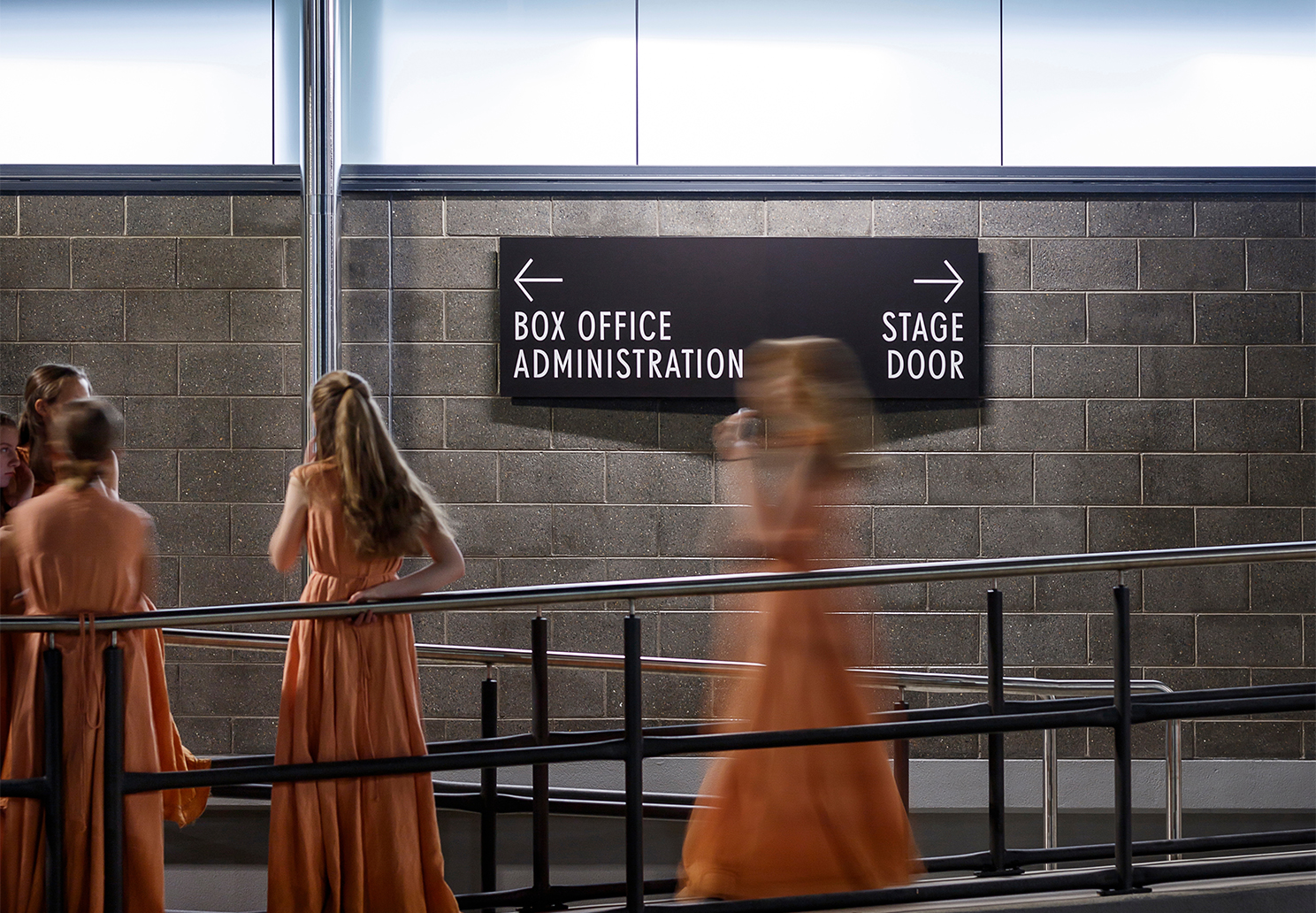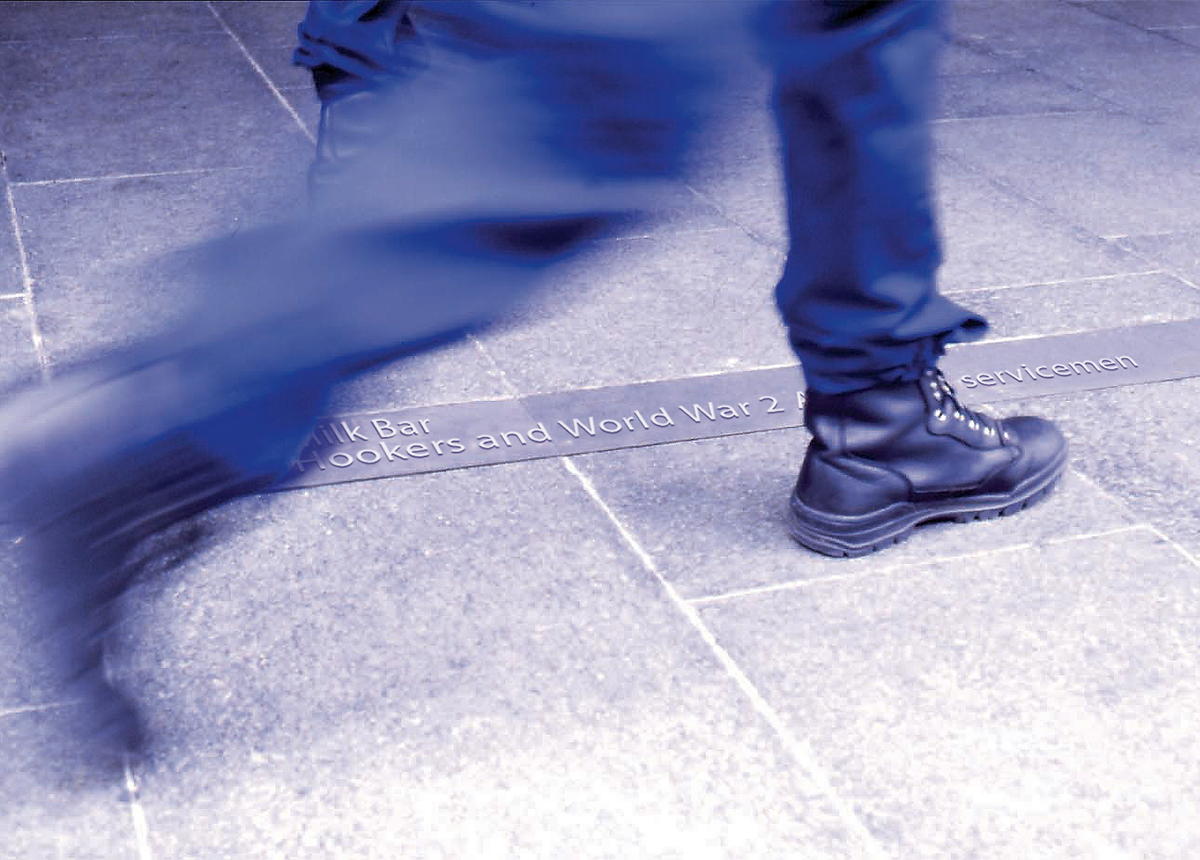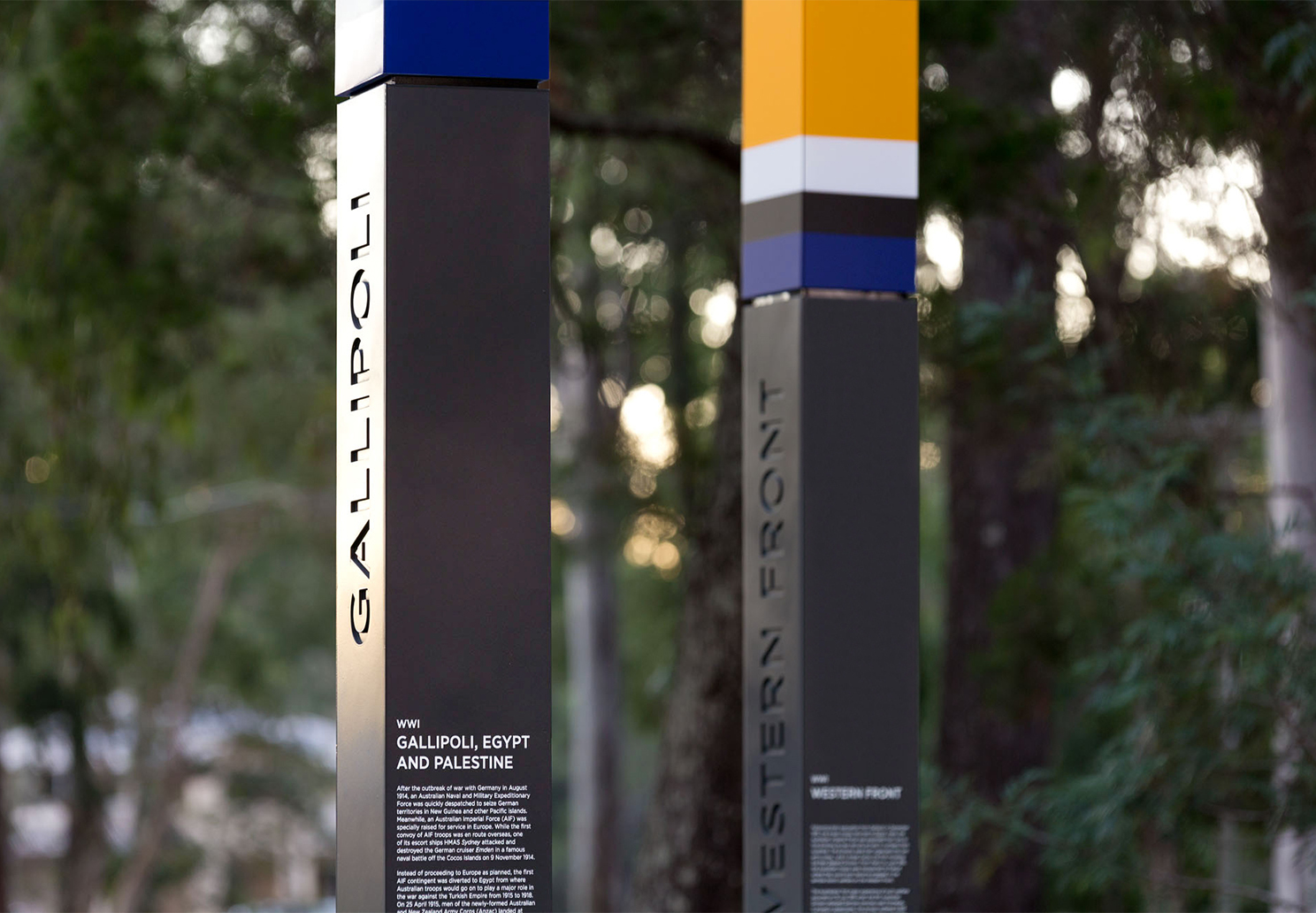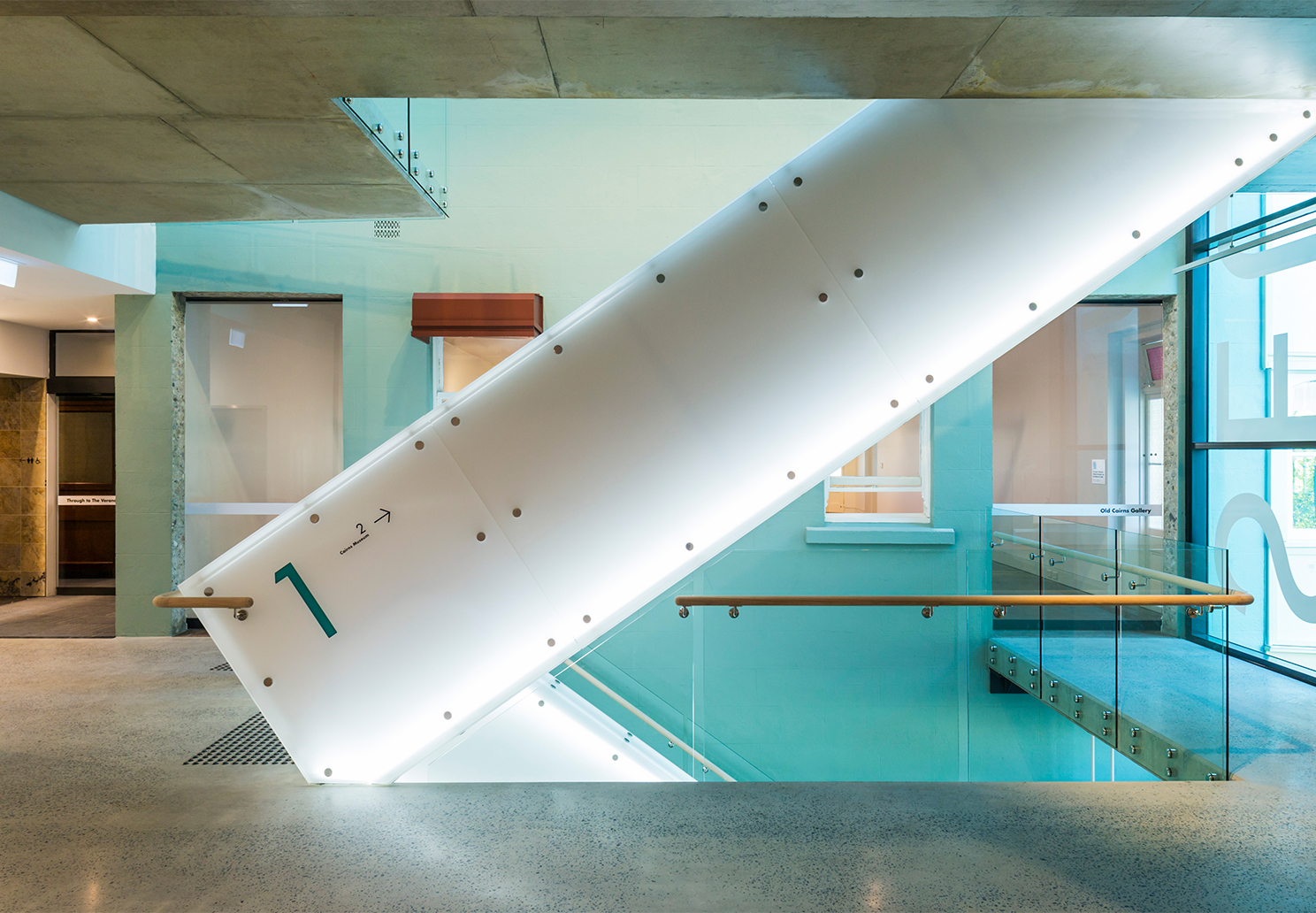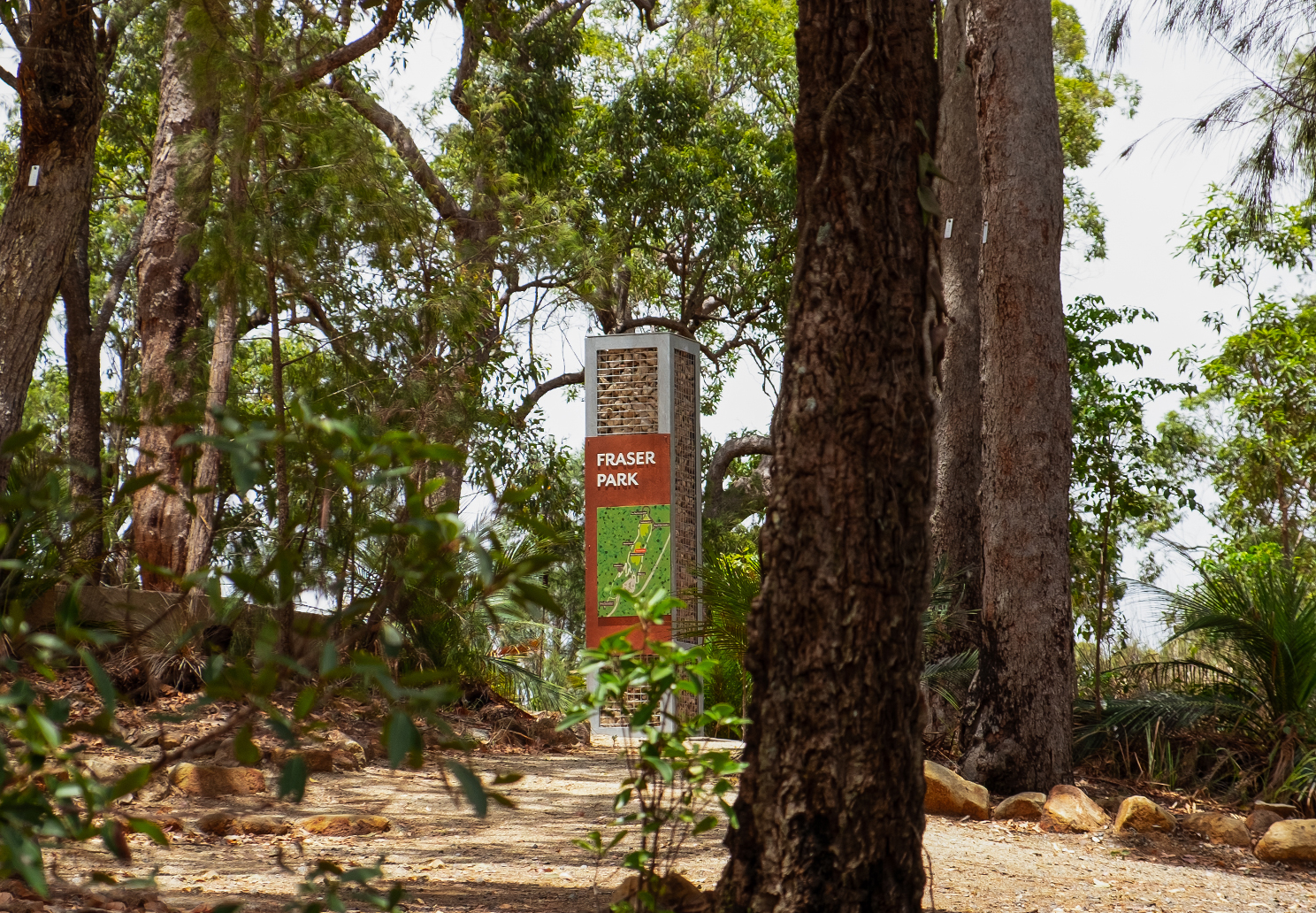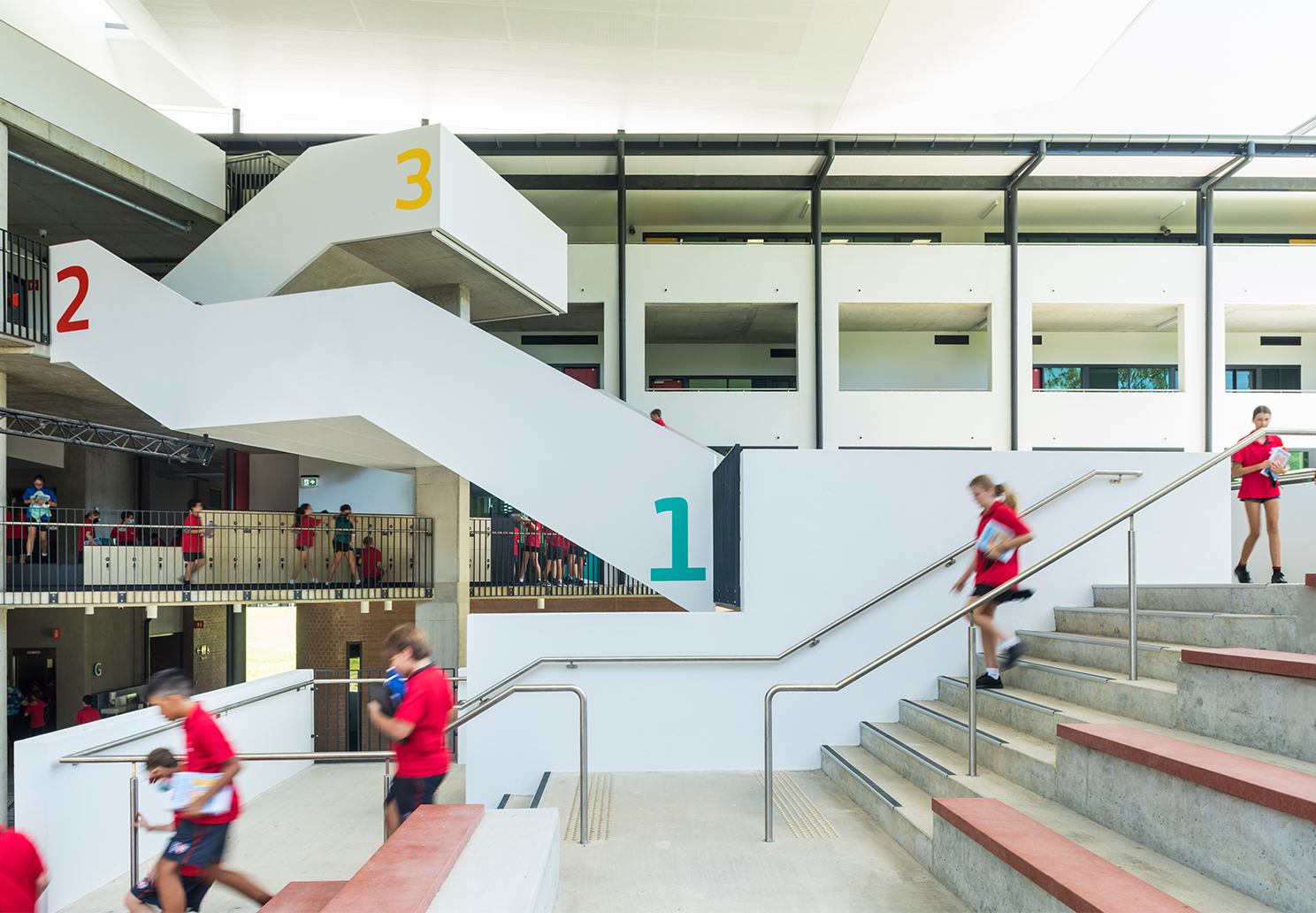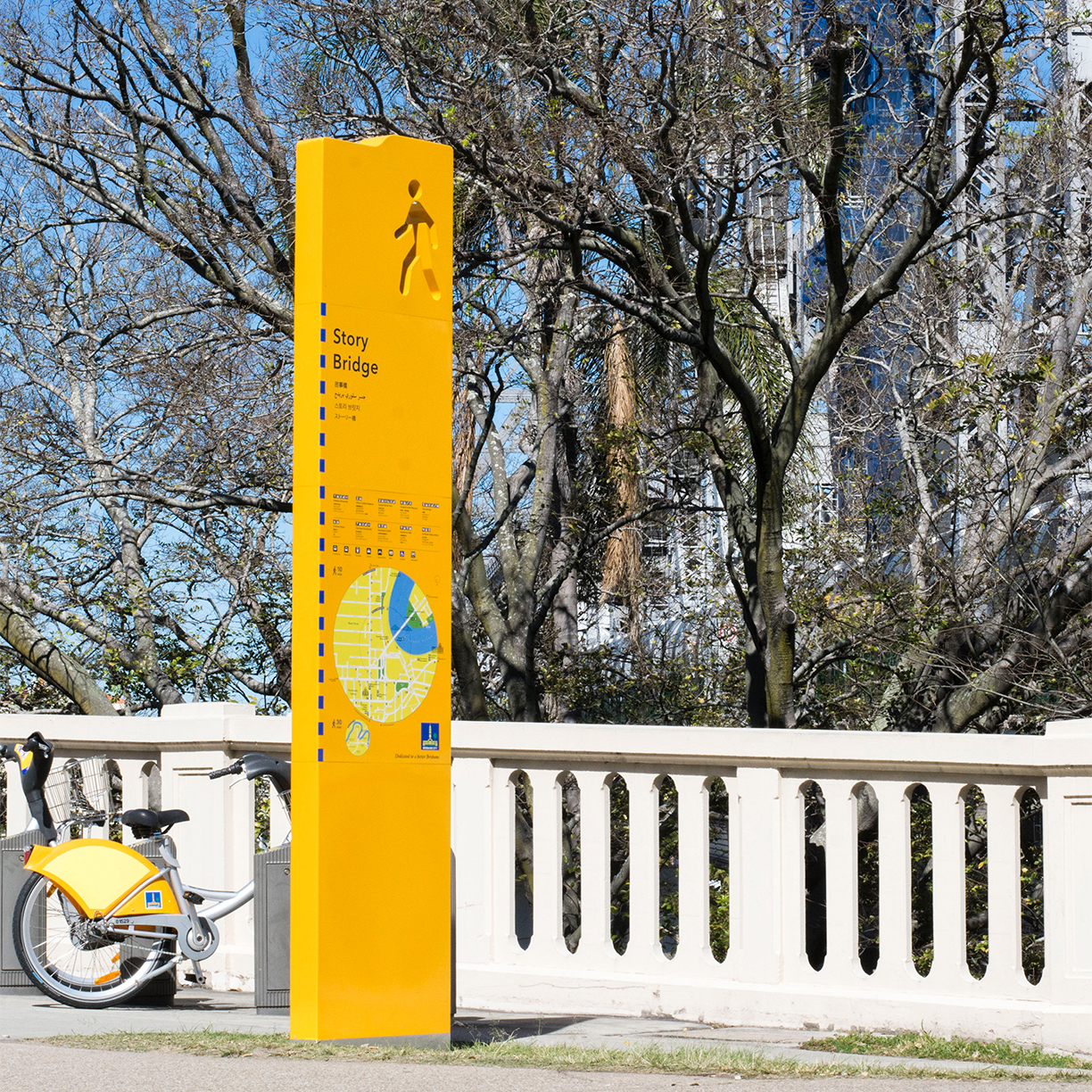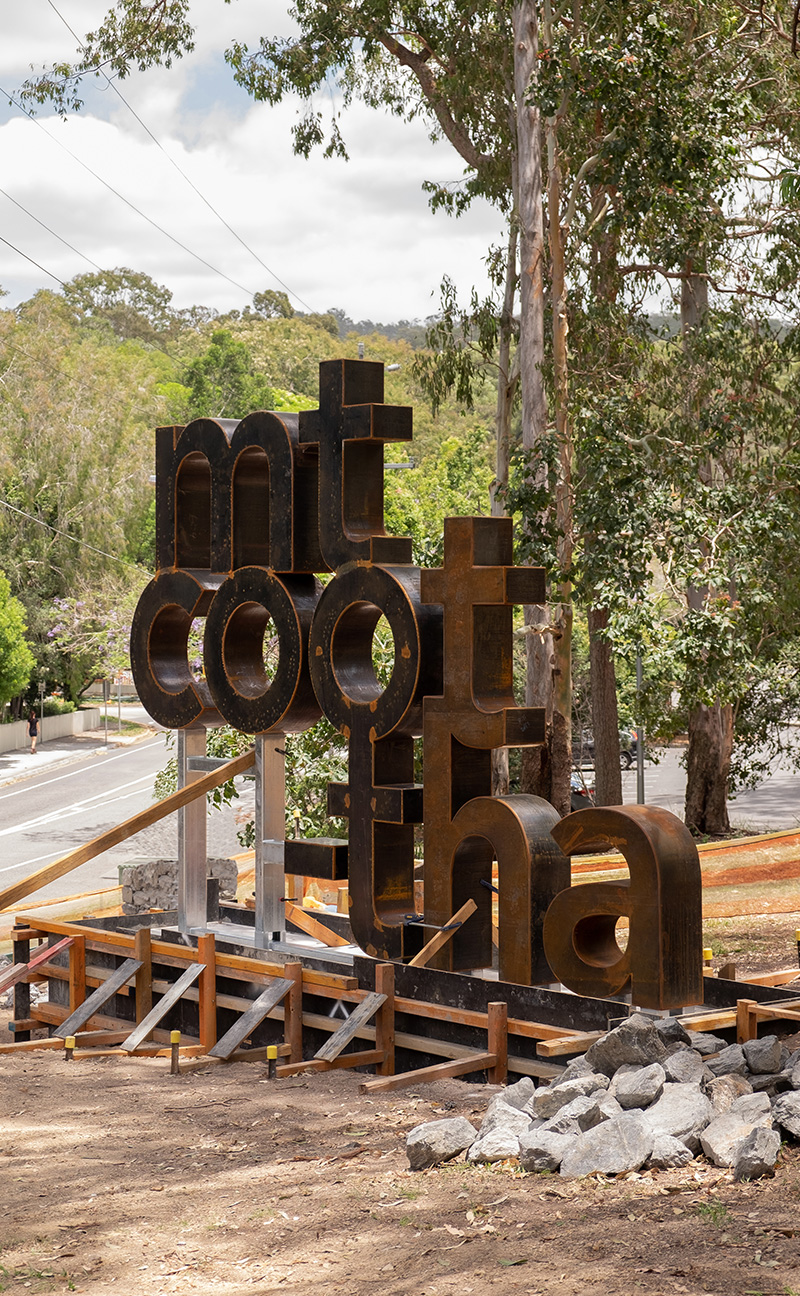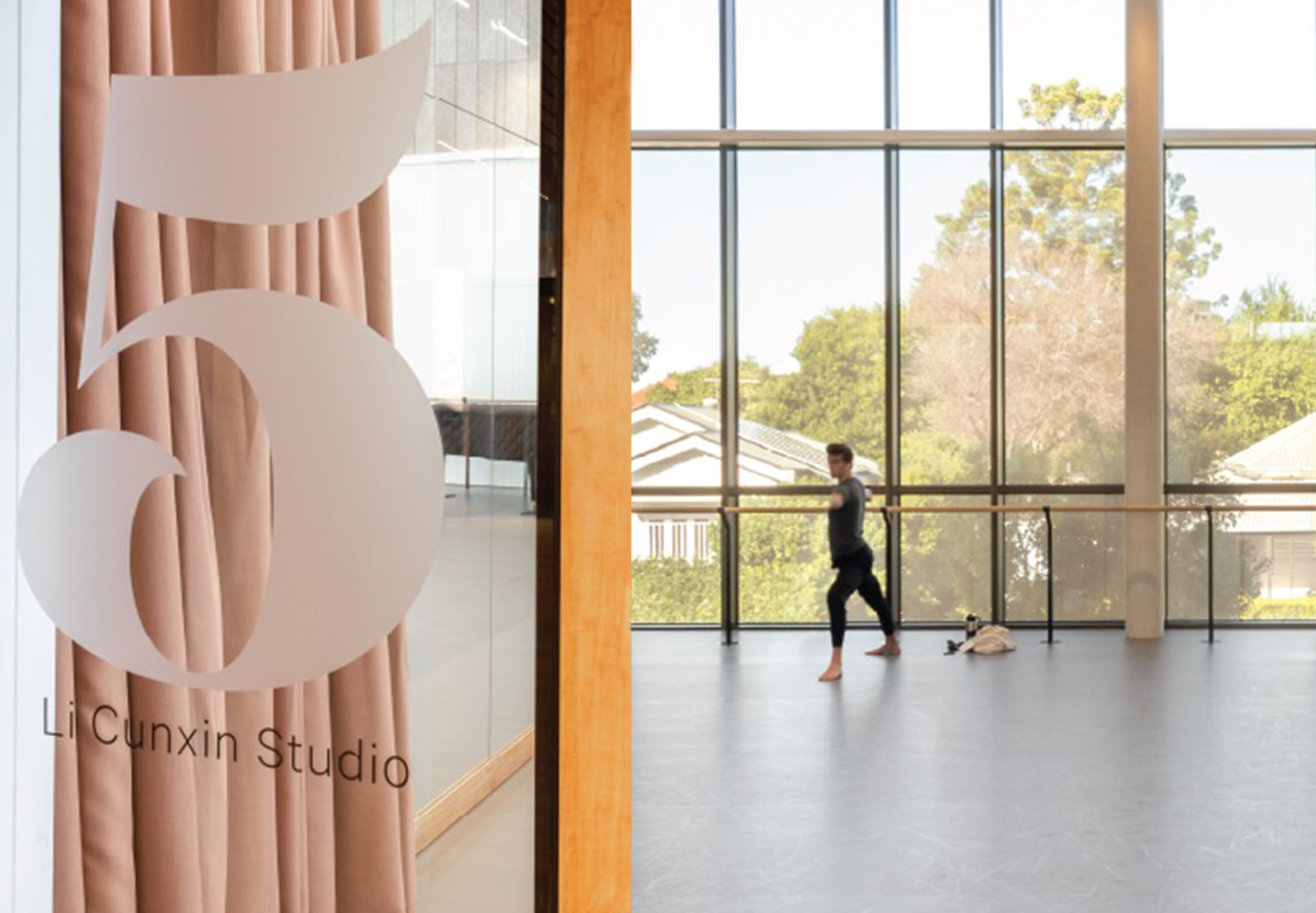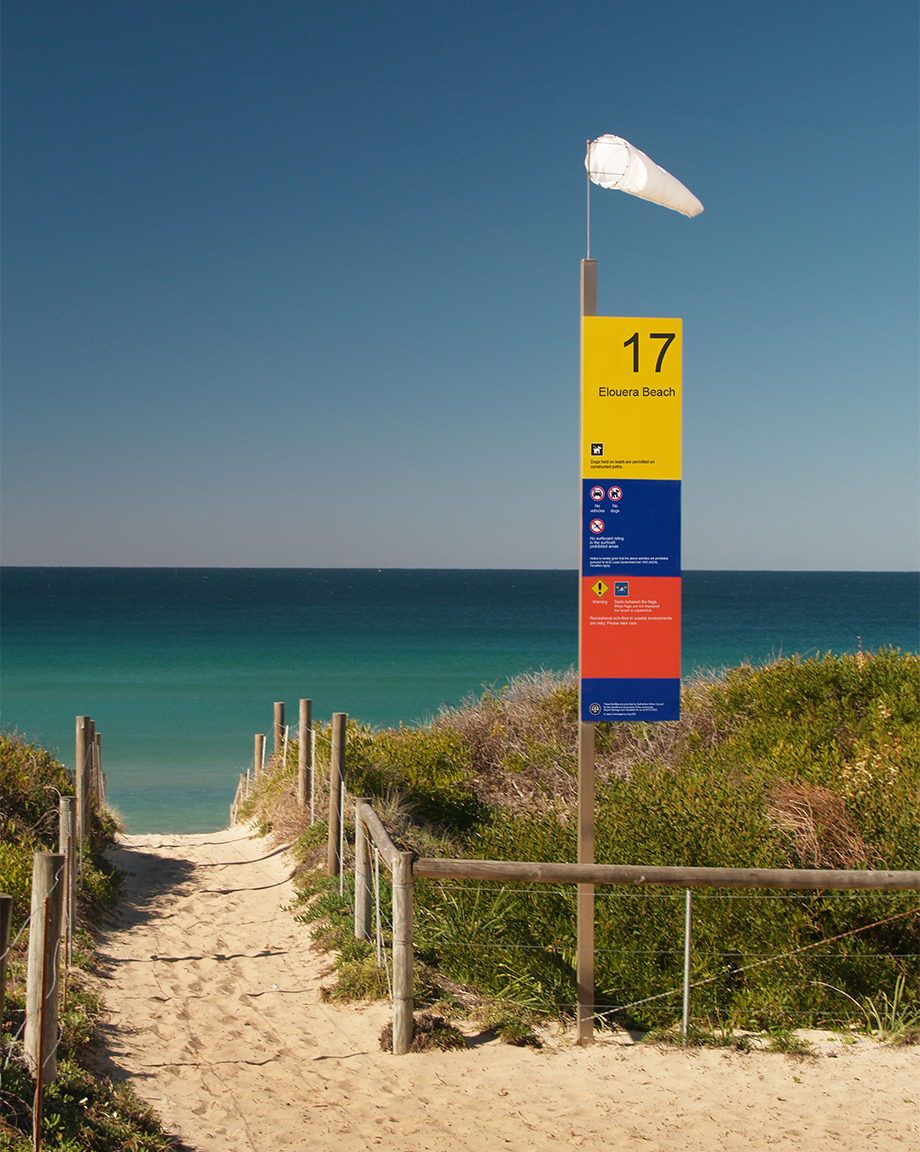Australia’s leading wayfinding and visual communication designers.
We work within built and natural environments.
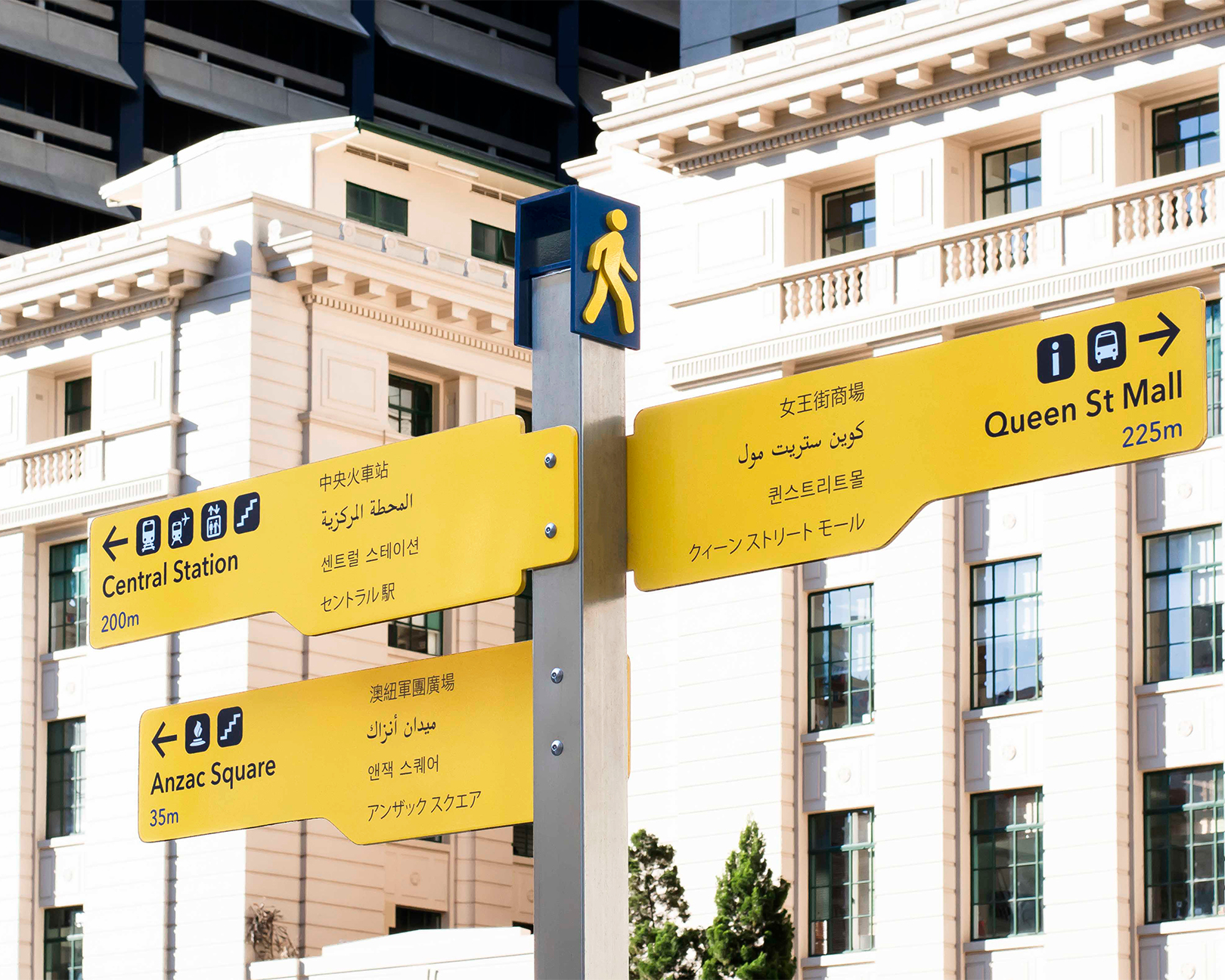
Dotdash has a 35-year history with a breadth and depth of experience
across all building sectors.
We are commissioned for public and private projects including
transport, healthcare, urban precincts, public realm, parklands and
open spaces, cultural, civic, sport, education and research, major events,
interpretation, corporate and commercial.
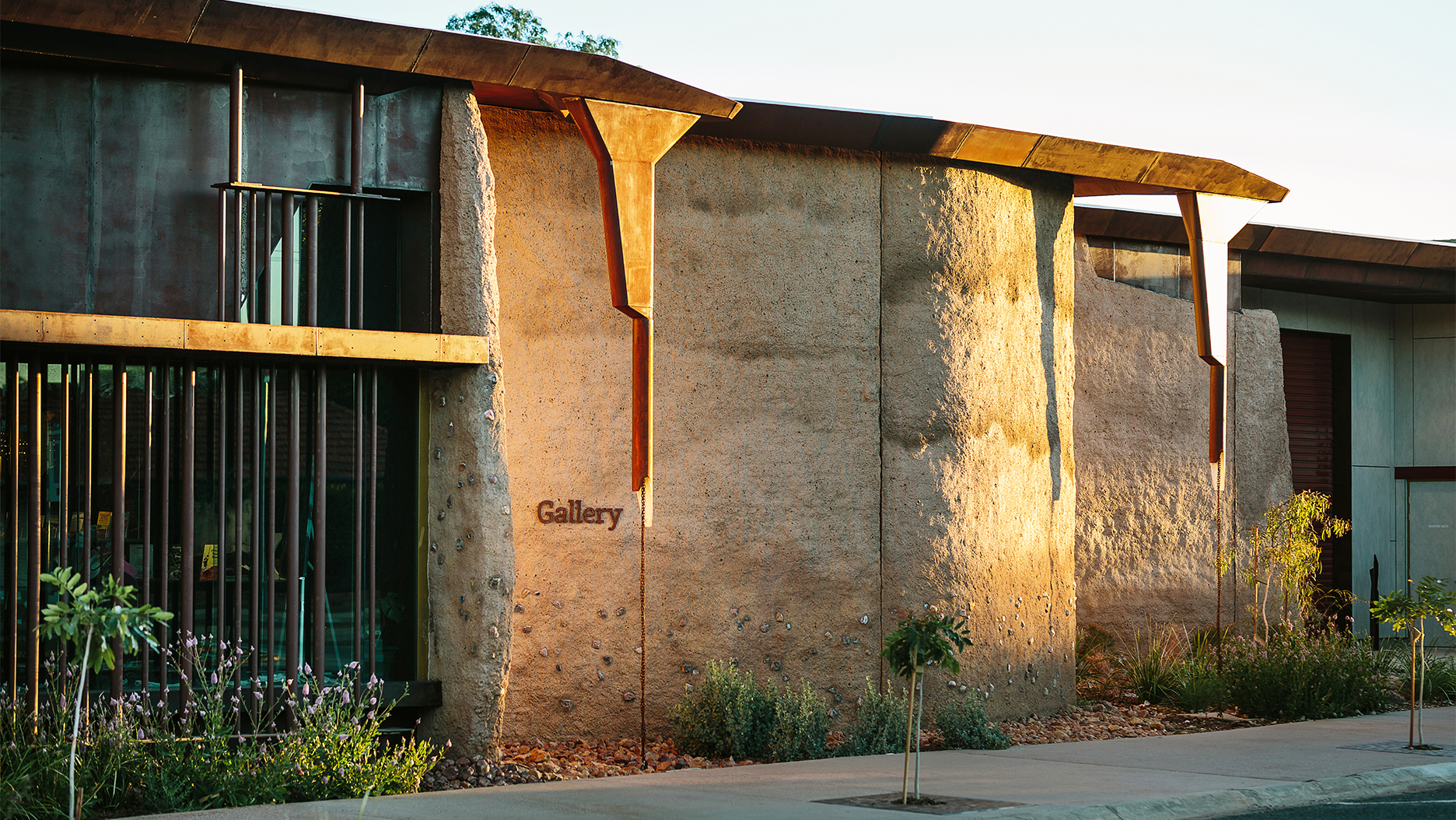

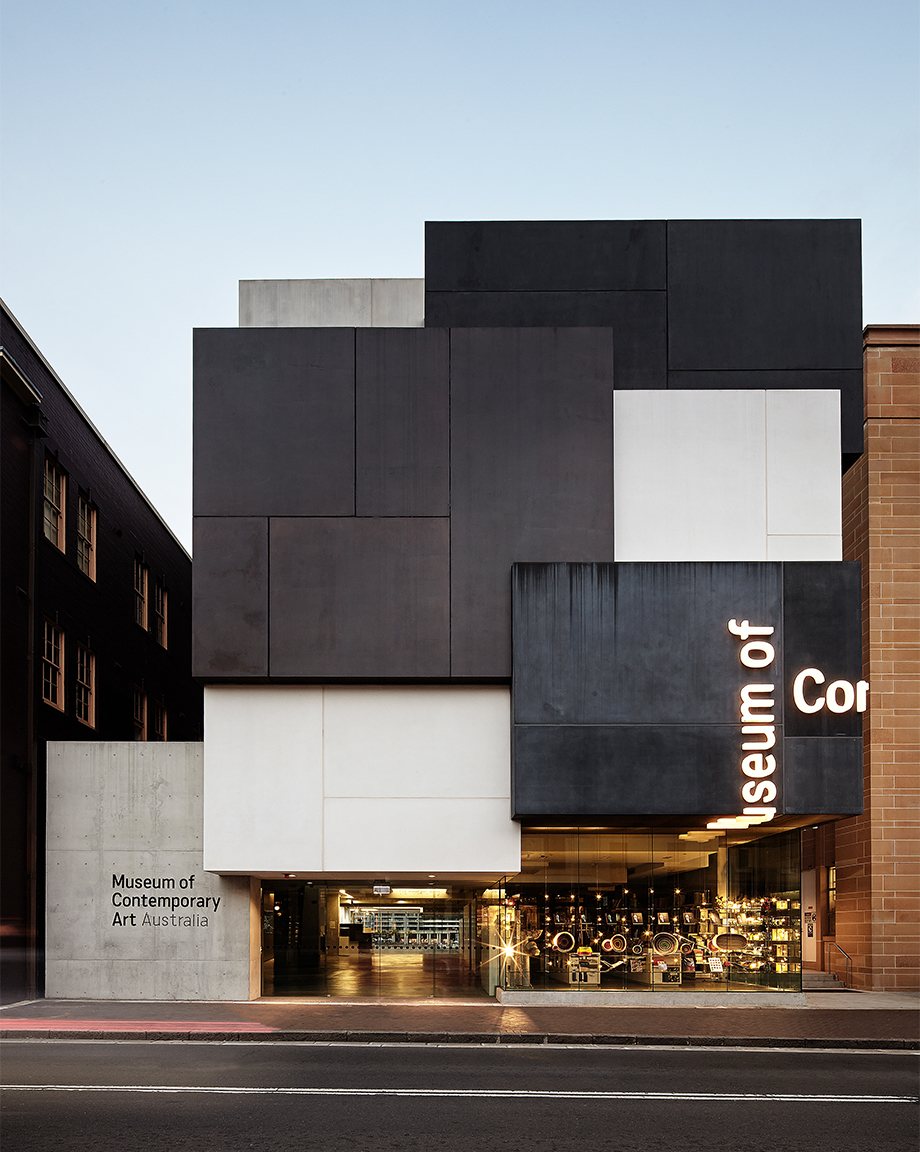
We are trusted project partners and proactive collaborators
working with government bodies, architects, landscape architects,
urban designers, and major contractors.
Our design approach establishes identity and legibility of spaces,
and considers the character of place, the needs of all people,
and the significance of culture.
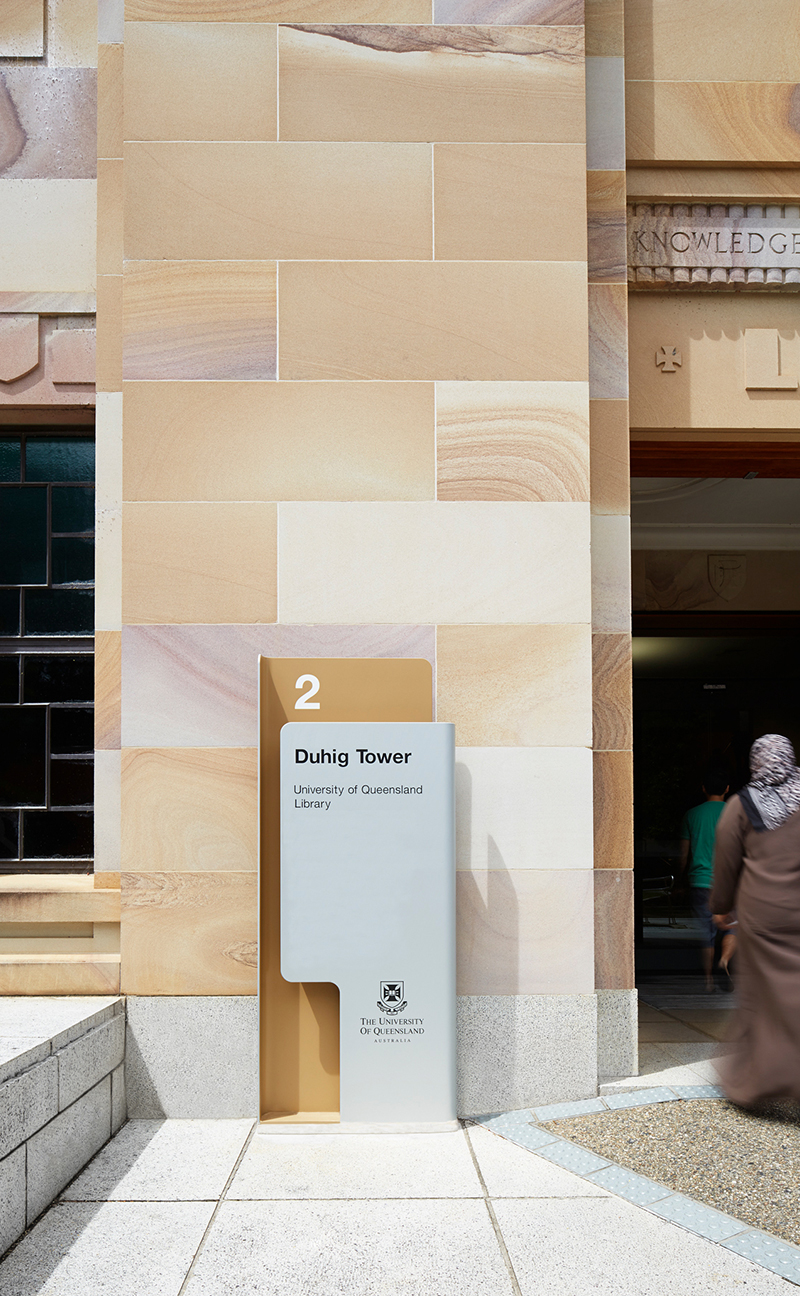
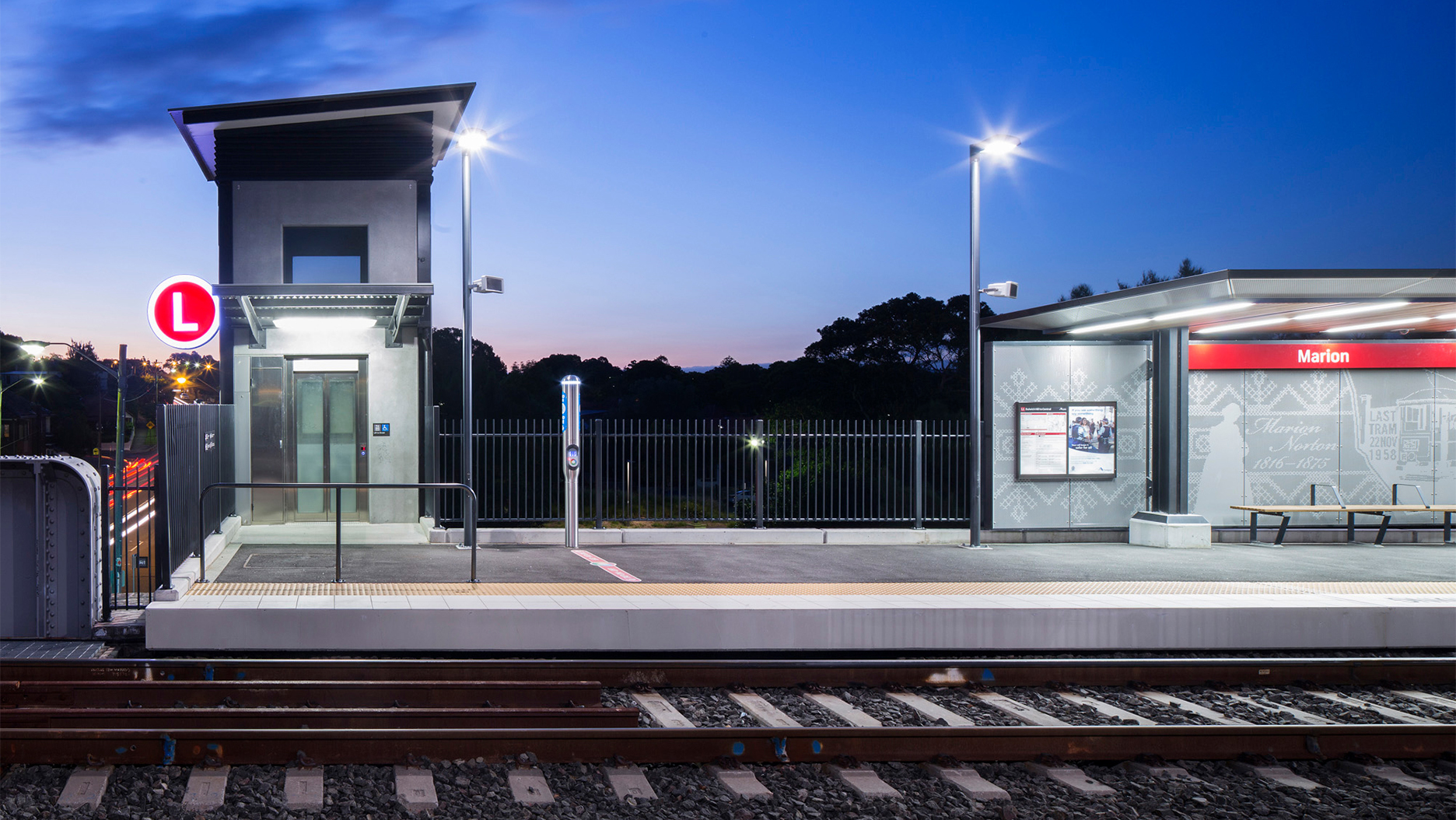
We work in Australia, the UK, Europe, North America and the Middle East.
